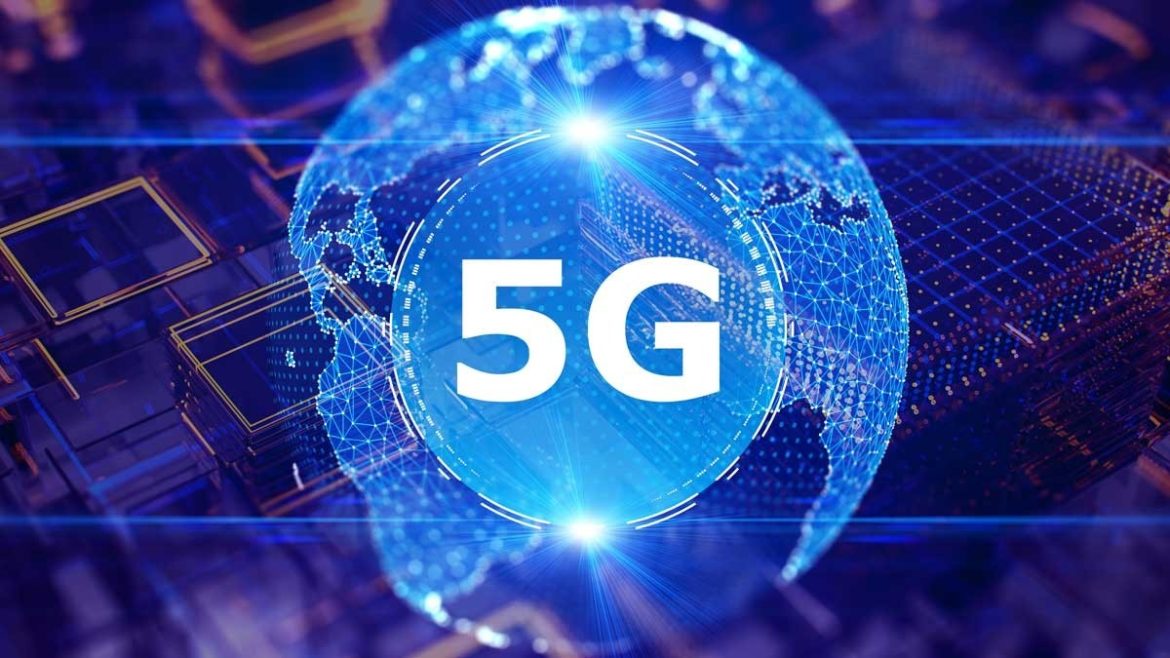The Evolution of Wireless Communication
Wireless communication has undergone significant evolution over the years, from the early days of 1G analog networks to the current era of 4G LTE technology. Each generation has brought advancements in speed, capacity, and reliability, paving the way for new applications and services. Now, with the advent of 5G technology, we stand on the brink of a hyperconnected future where virtually every aspect of our lives will be transformed by ultra-fast, low-latency connectivity.
Understanding 5G Technology
At its core, 5G is the fifth generation of wireless technology, designed to deliver unprecedented levels of speed, capacity, and connectivity. Unlike its predecessors, which primarily focused on enhancing mobile broadband services, 5G aims to cater to a wide range of use cases, including enhanced mobile broadband (eMBB), massive machine-type communications (mMTC), and ultra-reliable low-latency communications (URLLC).
One of the key features of 5G is its ability to operate across multiple frequency bands, including sub-6 GHz and mmWave (millimeter wave). Sub-6 GHz frequencies offer broader coverage and better penetration through obstacles, making them suitable for urban and suburban areas. On the other hand, mmWave frequencies provide ultra-fast speeds but have limited range and are more susceptible to signal attenuation, making them ideal for densely populated areas and high-capacity applications.
Unlocking New Possibilities
The deployment of 5G technology unlocks a myriad of possibilities across various industries and sectors. In the realm of healthcare, for example, 5G enables remote patient monitoring, telemedicine services, and augmented reality-assisted surgeries. With ultra-low latency and high-bandwidth connectivity, healthcare providers can deliver real-time consultations, conduct remote diagnostics, and perform surgical procedures with unprecedented precision and efficiency.
Similarly, in the automotive industry, 5G technology is driving innovation in connected and autonomous vehicles (CAVs). By leveraging 5G’s low-latency communication capabilities, CAVs can exchange data with other vehicles, traffic infrastructure, and cloud-based services in real-time, enabling advanced driver assistance systems (ADAS), traffic management, and enhanced navigation features. This connectivity not only improves road safety but also enhances the overall driving experience by enabling personalized services and entertainment options.
Revolutionizing Industries
Across industries such as manufacturing, logistics, and agriculture, 5G technology is revolutionizing operations and workflows. In manufacturing, for instance, 5G-powered industrial IoT (IIoT) solutions enable predictive maintenance, remote monitoring, and real-time asset tracking, leading to improved efficiency, reduced downtime, and lower operating costs. Similarly, in logistics and supply chain management, 5G facilitates real-time inventory tracking, route optimization, and autonomous vehicle operations, streamlining operations and enhancing transparency throughout the supply chain.
In agriculture, 5G-enabled precision farming techniques leverage sensors, drones, and AI-powered analytics to monitor crop health, optimize irrigation, and improve crop yields. By providing farmers with real-time insights and actionable data, 5G technology empowers them to make informed decisions, increase productivity, and minimize environmental impact.
Overcoming Challenges
Despite its transformative potential, the widespread adoption of 5G technology is not without challenges. One of the primary concerns is the deployment of infrastructure, particularly in rural and underserved areas where network coverage may be limited. Addressing this challenge requires collaboration between governments, telecommunications providers, and other stakeholders to invest in expanding network infrastructure and bridging the digital divide.
Additionally, security and privacy concerns surrounding 5G networks must be addressed to ensure the integrity and confidentiality of data transmitted over the network. As 5G networks support a diverse range of applications and services, including critical infrastructure and sensitive information, robust security measures such as encryption, authentication, and intrusion detection are essential to safeguarding against cyber threats and unauthorized access.
Conclusion
In conclusion, 5G technology holds the promise of unlocking the potential of hyperconnectivity, ushering in a new era of innovation, and transforming industries and societies. With its unparalleled speed, capacity, and low latency, 5G technology enables a wide range of applications and services that were previously unimaginable. However, realizing the full potential of 5G requires addressing challenges related to infrastructure deployment, security, and privacy while fostering collaboration and innovation across industries and sectors. As we embrace the possibilities of 5G, we embark on a journey towards a more connected, intelligent, and resilient future.
